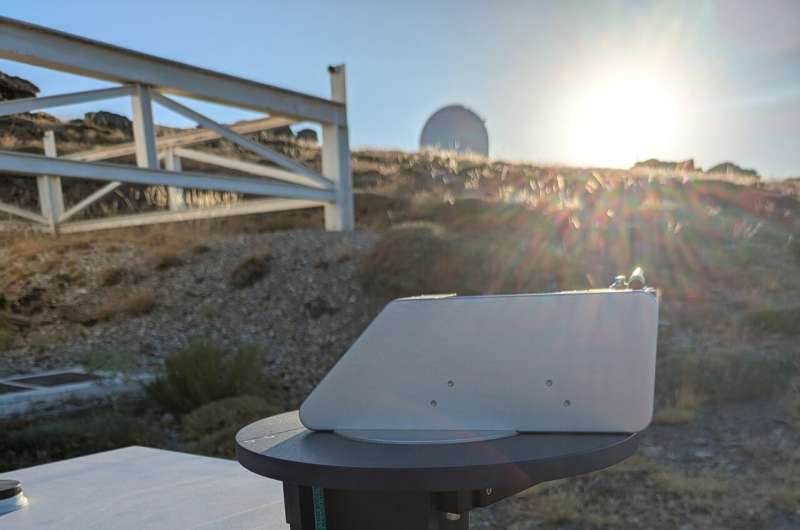
Astronomers from the University of Warwick have partnered with institutions in Spain to develop a groundbreaking method for measuring greenhouse gases (GHGs) by leveraging tools typically used for studying stars. This innovative approach aims to enhance our understanding of how Earth’s atmosphere is changing due to global warming.
The research focuses on the interaction of starlight with atmospheric particles as it travels to Earth. This interaction alters the light, producing telluric lines—unique features in the light patterns observed from stars. While these lines are often seen as a hindrance by astronomers, a new algorithm named Astroclimes offers a way to utilize these lines to quantify GHGs such as carbon dioxide (CO2), methane (CH4), and water vapor (H2O) during nighttime observations.
Marcelo Aron Fetzner Keniger, a Ph.D. student at Warwick and developer of the Astroclimes algorithm, emphasized the importance of tracking GHGs: “Monitoring the abundance of GHGs is necessary to quantify their impact on global warming and climate change.” He noted that while daytime measurements have been facilitated using solar spectra by networks like the COllaborative Carbon Column Observing Network (COCCON), these methods are limited to daylight hours. Astroclimes seeks to bridge this gap by enabling nighttime assessments.
Collaboration and Observational Campaign
In July 2025, a significant observational campaign took place at the Calar Alto Astronomical Observatory (CAHA) in Almería, Spain, involving the University of Warwick, the University of Almería, and the Spanish State Meteorological Agency (AEMET). The primary goal was to showcase the potential of integrating daytime solar measurements with nighttime stellar observations to better understand the carbon cycle and the role of GHGs amid ongoing climate changes.
During the campaign, daytime spectra were collected using a portable FTIR spectrometer (EM27/SUN) from the COCCON-Spain network, which was temporarily stationed at the observatory. Nighttime analyses were conducted using the Astroclimes algorithm on data captured by the CARMENES spectrograph on the observatory’s 3.5-meter telescope. The EM27/SUN instrument, positioned at approximately 2,100 meters, provided atmospheric GHG concentrations that aligned with established literature standards. This data served as a crucial calibration reference for the measurements obtained through the Astroclimes algorithm.
Fetzner Keniger highlighted the significance of calibrating Astroclimes with COCCON measurements, suggesting that it could establish a new network for GHG monitoring, augmenting existing systems with nighttime data.
Aiming for a Sustainable Future
The daytime observations at CAHA were complemented by data from a second instrument located at sea level at the University of Almería. Joaquín Alonso Montesinos, a university professor and representative of UAL in the COCCON-Spain project, expressed gratitude to AEMET for their collaboration on this vital initiative, which he believes could set a standard for future energy transitions.
The COCCON-Spain national network aims to address the significant gaps in atmospheric GHG observations across Spain through the establishment of a comprehensive measurement network. Omaira García-Rodríguez, coordinator of the network from AEMET, stated, “One of the main objectives of the COCCON-Spain network is to improve current knowledge of GHG sources and sinks, thus contributing to the development of mitigation and adaptation strategies for climate change.”
Director of the observatory, Jesús Aceituno, added, “Calar Alto, with its photovoltaic plant and biomass boiler, aims at reaching energy sustainability. These greenhouse gas detections made with CARMENES demonstrate that an astronomical observatory can also serve to monitor our planet’s climate.”
This collaborative effort not only highlights the potential of astronomy in addressing climate issues but also reinforces the importance of innovative approaches in the ongoing fight against global warming.







